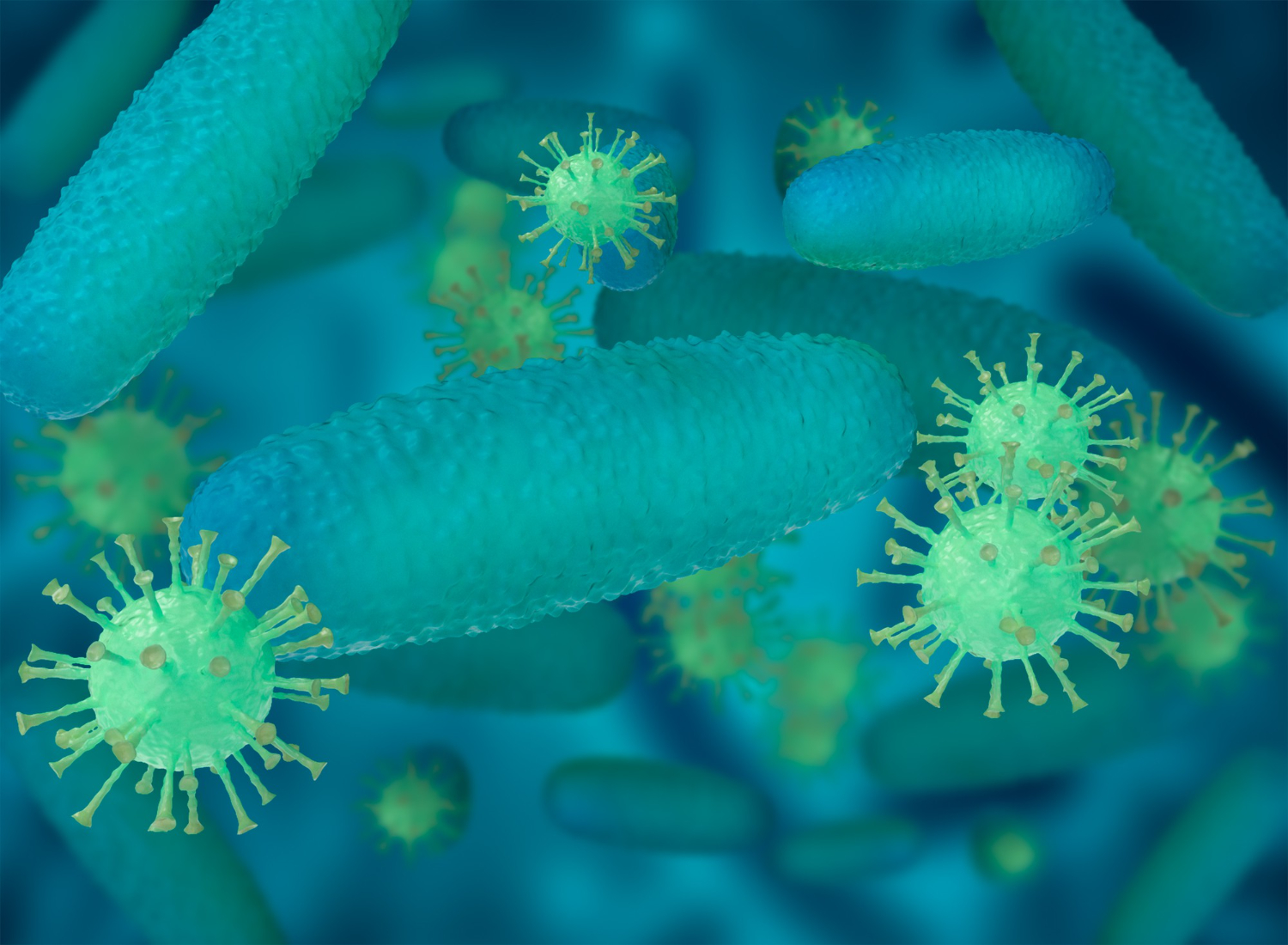
Pain Therapy: shades between cancer and non-oncology patients
Pain therapy is a constantly evolving medical field, which deals with the relief of chronic and acute pain, thus improving the quality of life of patients. However, therapeutic strategies can vary significantly depending on the cause of the pain, and in particular if it is associated with an oncological pathology.
The challenges of Cancer pain
Cancer pain has peculiar characteristics that distinguish it from chronic non-cancer pain:
- Multifactorial etiology: The pain can be caused by the tumor itself, by antitumor treatments (chemotherapy, radiotherapy), by metastases or by other complications of the disease.
- Variable intensity: The pain can range from mild to intense, and can be continuous or intermittent.
- Psychological impact: The presence of a tumor and the associated pain can generate anxiety, depression and fear of death, negatively affecting the quality of life.
Goals of oncological pain therapy
The main goal of pain therapy in oncology is to control pain, allowing the patient to carry out daily activities and maintain a good quality of life. To this end, a multimodal approach is adopted that combines:
- Pharmacotherapy: use of analgesics, from non-opioid drugs (paracetamol, NSAIDs) to opioids (morphine, codeine), up to adjuvant drugs (antidepressants, anticonvulsants).
- Non-pharmacological therapies: physiotherapy, relaxation techniques, cognitive-behavioral therapy, transcutaneous electrical nerve stimulation (TENS).
- Surgical interventions: in selected cases, surgical interventions can be used to control pain.
Differences in pain therapy: oncological vs non-oncological
Pain therapy in oncology differs from non-oncological therapy mainly in:
- Timeliness: oncological pain must be treated promptly and aggressively, to prevent it from becoming chronic and resistant to therapies.
- Multidisciplinary approach: the management of oncological pain requires the collaboration of a multidisciplinary team, composed of oncologists, anesthetists, psychologists and physiotherapists.
- Consideration of prognosis: the prognosis of the disease influences the choice of therapies and long-term pain management.
The role of the general practitioner and the specialist
The general practitioner plays a fundamental role in pain management, both in oncological and non-oncological settings. He or she is the first point of reference for the patient and can prescribe the first pharmacological therapies. In case of persistent or severe pain, it is necessary to contact a pain specialist, who can carry out a more in-depth assessment and set up a personalized treatment.
Conclusions
Pain therapy is a fundamental aspect of palliative care and represents a priority to improve the quality of life of cancer and non-cancer patients. A multidisciplinary and personalized approach, which takes into account the individual characteristics of each patient, is essential to obtain optimal results.
For further information:
- AIOM Guidelines 2018 PAIN THERAPY IN ONCOLOGY: https://www.aiom.it/wp-content/uploads/2018/11/2018_LG_AIOM_Dolore.pdf
Oncological pain – SIMG: https://www.simg.it/Riviste/rivista_simg/2022/02_2022/8.pdf





